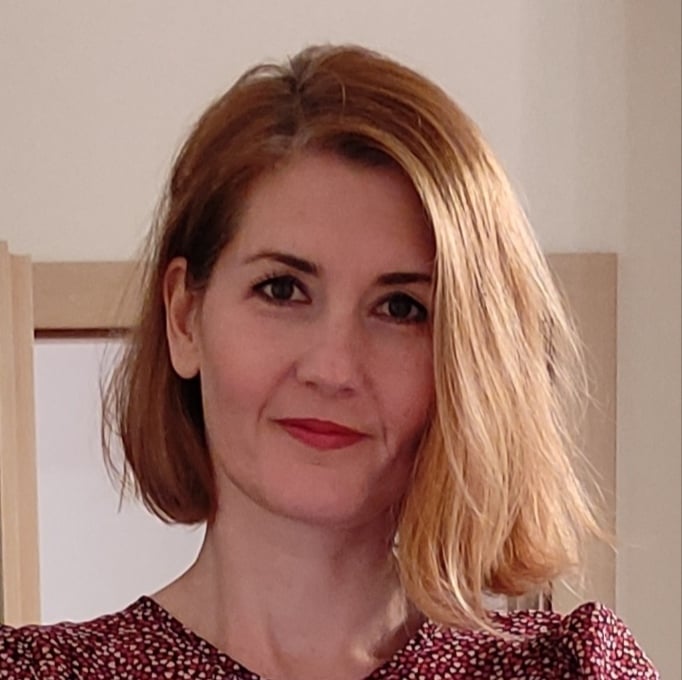Fractional Calculus Operators and the Mittag-Leffler Function, 2nd Edition
A special issue of Fractal and Fractional (ISSN 2504-3110). This special issue belongs to the section "General Mathematics, Analysis".
Deadline for manuscript submissions: 31 December 2024 | Viewed by 1125
Special Issue Editor
Interests: fractional calculus and its applications; inequalities; convex functions
Special Issues, Collections and Topics in MDPI journals
Special Issue Information
Dear Colleagues,
In recent years, considerable interest in the theory of fractional calculus has been stimulated due to its many applications in almost all applied science, especially in numerical analysis and various fields of physics and engineering. Fractional calculus enabled the adoption of a theoretical model based on experimental data.
Inequalities that involve integrals of functions and their derivatives, whose study has a history of about a century, are of great importance in mathematics, with far-reaching applications in the theory of differential equations, approximations and probability, among others.
Fractional differentiation inequalities have applications to fractional differential equations; the most important ones are in establishing the uniqueness of the solution of initial problems and giving upper bounds to their solutions. These applications have motivated many researchers in the field of integral inequalities to investigate certain extensions and generalizations using different fractional differential and integral operators.
As a solution of fractional order differential or integral equations, the Mittag-Leffler function with its generalizations appears. Extensions and generalizations of the Mittag-Leffler function enabled researchers to obtain fractional integral inequalities of different types. Consequently, new results are produced for a more generalized fractional integral operator containing the Mittag-Leffler function in their kernels.
Dr. Maja Andrić
Guest Editor
Manuscript Submission Information
Manuscripts should be submitted online at www.mdpi.com by registering and logging in to this website. Once you are registered, click here to go to the submission form. Manuscripts can be submitted until the deadline. All submissions that pass pre-check are peer-reviewed. Accepted papers will be published continuously in the journal (as soon as accepted) and will be listed together on the special issue website. Research articles, review articles as well as short communications are invited. For planned papers, a title and short abstract (about 100 words) can be sent to the Editorial Office for announcement on this website.
Submitted manuscripts should not have been published previously, nor be under consideration for publication elsewhere (except conference proceedings papers). All manuscripts are thoroughly refereed through a single-blind peer-review process. A guide for authors and other relevant information for submission of manuscripts is available on the Instructions for Authors page. Fractal and Fractional is an international peer-reviewed open access monthly journal published by MDPI.
Please visit the Instructions for Authors page before submitting a manuscript. The Article Processing Charge (APC) for publication in this open access journal is 2700 CHF (Swiss Francs). Submitted papers should be well formatted and use good English. Authors may use MDPI's English editing service prior to publication or during author revisions.
Keywords
- fractional calculus
- mittag-Leffler function
- fractional integral operator
- integral inequality
- convex function
- bound of operator
Benefits of Publishing in a Special Issue
- Ease of navigation: Grouping papers by topic helps scholars navigate broad scope journals more efficiently.
- Greater discoverability: Special Issues support the reach and impact of scientific research. Articles in Special Issues are more discoverable and cited more frequently.
- Expansion of research network: Special Issues facilitate connections among authors, fostering scientific collaborations.
- External promotion: Articles in Special Issues are often promoted through the journal's social media, increasing their visibility.
- e-Book format: Special Issues with more than 10 articles can be published as dedicated e-books, ensuring wide and rapid dissemination.
Further information on MDPI's Special Issue polices can be found here.





